Wednesday Morning birders needed strong resolve last week on November 13, with high winds and temperatures hovering around freezing. Still, co-leader Steve Walch and I, plus a group of stalwart participants, headed to Plum Island hoping for more winter arrivals and the chance to see one of the rarities that others have reported. We started at the North End only briefly, as the mouth of the river was quite empty for this time of year. (Only days later the scene changed, as many goldeneyes, Buffleheads, and Red-breasted and Hooded Mergansers showed up on the river.) Nonetheless, we went on to check the ocean, at parking lot #1 on Parker River NWR, to get a sense of the seabird situation there. We huddled in the lee of the west wind as we spotted a few White-winged Scoters. Heading south, those of us in the lead van and one other vehicle were cheered by the appearance of an immature White-crowned Sparrow kicking around in the gravel on the side of the road south of the Middens.
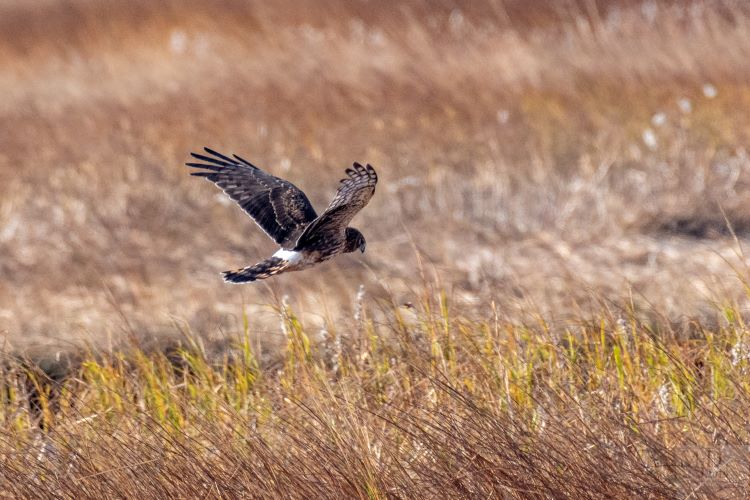
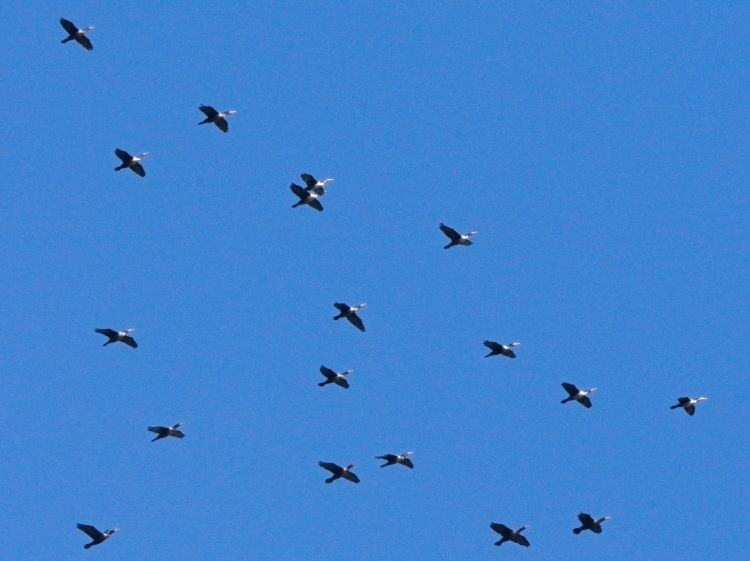
The Salt Pannes were mostly frozen, so there wasn’t much activity there. Wanting to be thorough in our hunt for the recently occurring Northern Shrike, we stopped at The Warden’s, where the wind really let us know we were alive. We walked to the pines by the water, where we noticed a sunny little cove in the lee of the wind in the thicket. Thinking that might be a good microclimate in the fierce conditions, we observed, and indeed found, a number of sparrows skulking around in the most comfortable spot in the vicinity. A stop at the south end of North Field was dismally devoid of bird life.
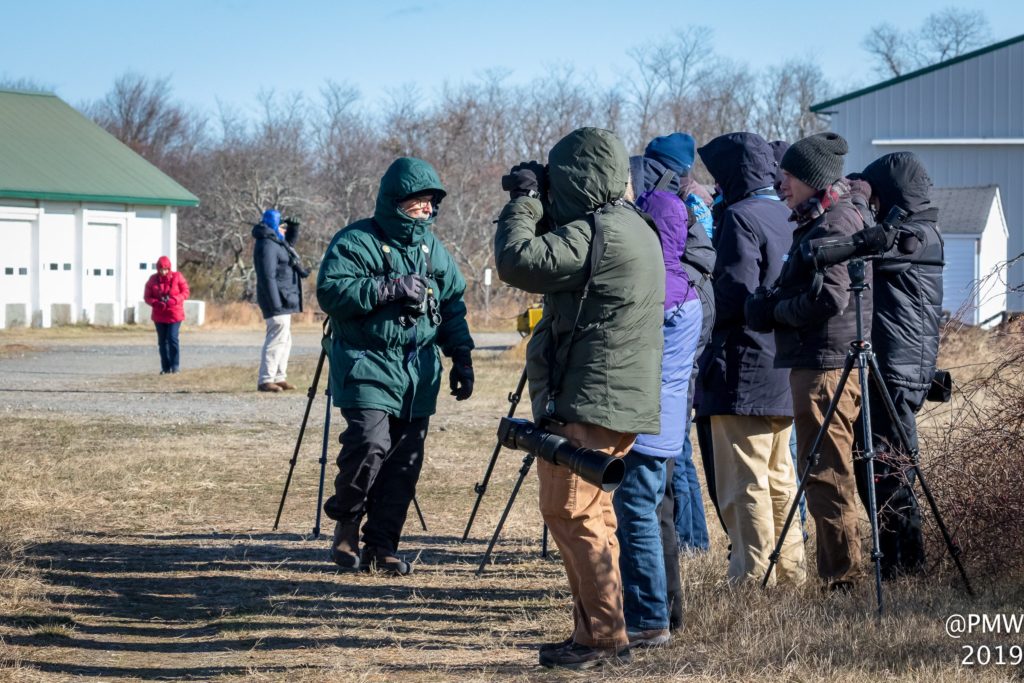
Next, we pulled over along the road, just south of the Bill Forward Pool blind, to scour the area for flycatchers that had been reported in previous days. There was lots of bird activity, again in the lee of the wind, though it was at a distance across the open areas. One by one, several species of resident, early-wintering, and late-migrant birds appeared, and we even got a glimpse of an American Tree Sparrow.

After wandering the road there, we headed to Emerson Rocks, even though the tide was nearing high. There we enjoyed a show of diving Northern Gannets, searched through the Common Eiders for the return of last year’s King Eider (hinted at by sightings over the weekend), and enjoyed our first-of-the-season glimpses at Red-necked Grebes. The large numbers of scoters we had been seeing had vanished, with only small groups and scattered individuals of White-winged Scoters showing up.
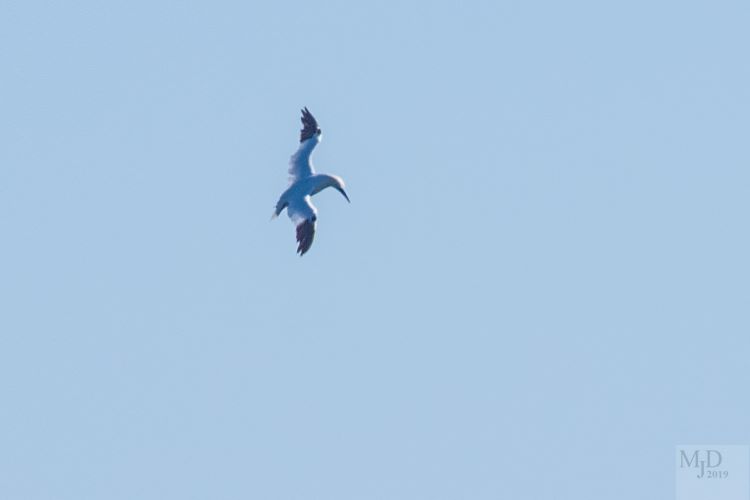
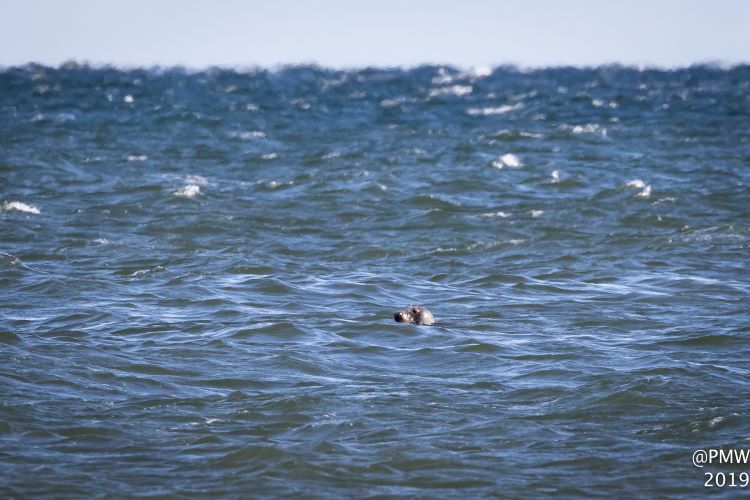
Our last stop was at Hellcat, where we lingered in the parking lot and enjoyed a flock of Yellow-rumped Warblers, which were easy to observe eating bayberries. They are reported to be one of only two bird species to eat bayberries in any quantity, and it was fun to see it happening. One of our participants was a visitor from Ohio, and she was particularly excited at the possibility of seeing her first Snow Bunting, given they have been reported by various observers lately. So it was with hope for the lucky last sighting that we pushed up to the dike at Hellcat, back into the wind. After a short and bracing moment, little call notes sounded behind us, and three Snow Buntings flew over. Success! Even on a week of relatively few sightings, the vigor we felt from braving the cold wind, and the satisfaction of giving a visitor such joy, were all we needed to know that it is good to be committed to going out every Wednesday!
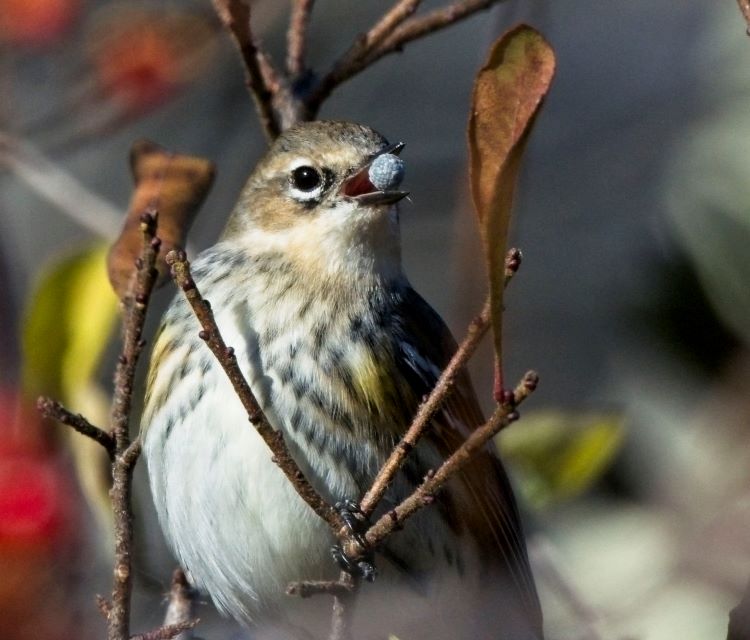
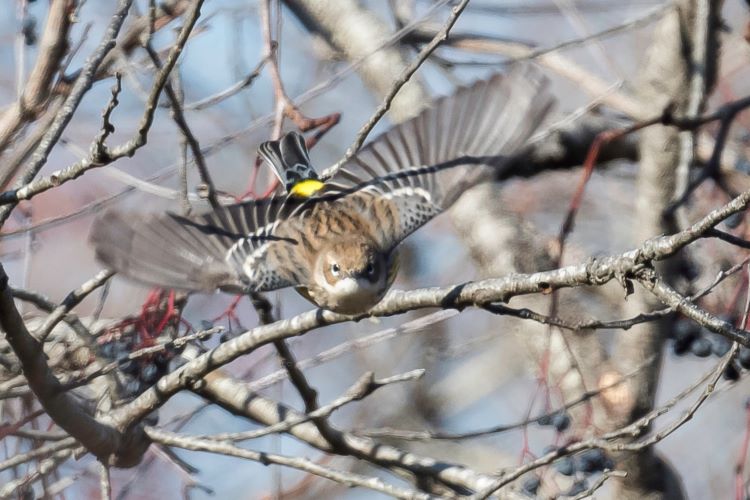
Please note that tomorrow, Wednesday, November 20, we will be meeting at Gloucester Crossing at 9:30 am, in front of Marshalls, for our first Cape Ann trip of the winter. We will depart Joppa Flats at 8:30, for those who want to meet us here.
Our list:
Canada Goose (3) – North Pool.
Mallard (2) – North Pool.
American Black Duck – common.
Common Eider (~ 20) – Emerson Rocks.
White-winged Scoter (~10) – parking lot #1 ocean and Emerson Rocks.
Hooded Merganser (1) – North Pool from Hellcat dike.
Red-necked Grebe (2) – near Emerson Rocks.
Rock Pigeon
Greater Yellowlegs (3) – South Pannes.
Herring Gull – common.
Northern Gannet (~20) – parking lot #7 ocean.
Double-crested Cormorant – common, migrating skeins.
Northern Harrier (4) – various.
Cooper’s Hawk (1) – Hellcat.
Red-tailed Hawk (3) – various.
Downy Woodpecker (1) – South Field (near blind).
Black-capped Chickadee (~5) – South Field.
American Robin (~20) – various.
Northern Mockingbird (4) – various.
American Goldfinch (1) – Hellcat, chasing a Red-tailed Hawk.
Snow Bunting (3) – Hellcat flyover.
Chipping Sparrow (1) – roadside.
American Tree Sparrow (1) – South Field.
Dark-eyed Junco (3) – near Middens.
White-crowned Sparrow (1) – juvenile roadside, North Marsh.
White-throated Sparrow (1) – Warden’s.
Savannah Sparrow (1) – Warden’s.
Song Sparrow (2) – Warden’s.
Red-winged Blackbird (7) – Hellcat dunes swamp.
Yellow-rumped Warbler (~10) – Hellcat parking lot.

